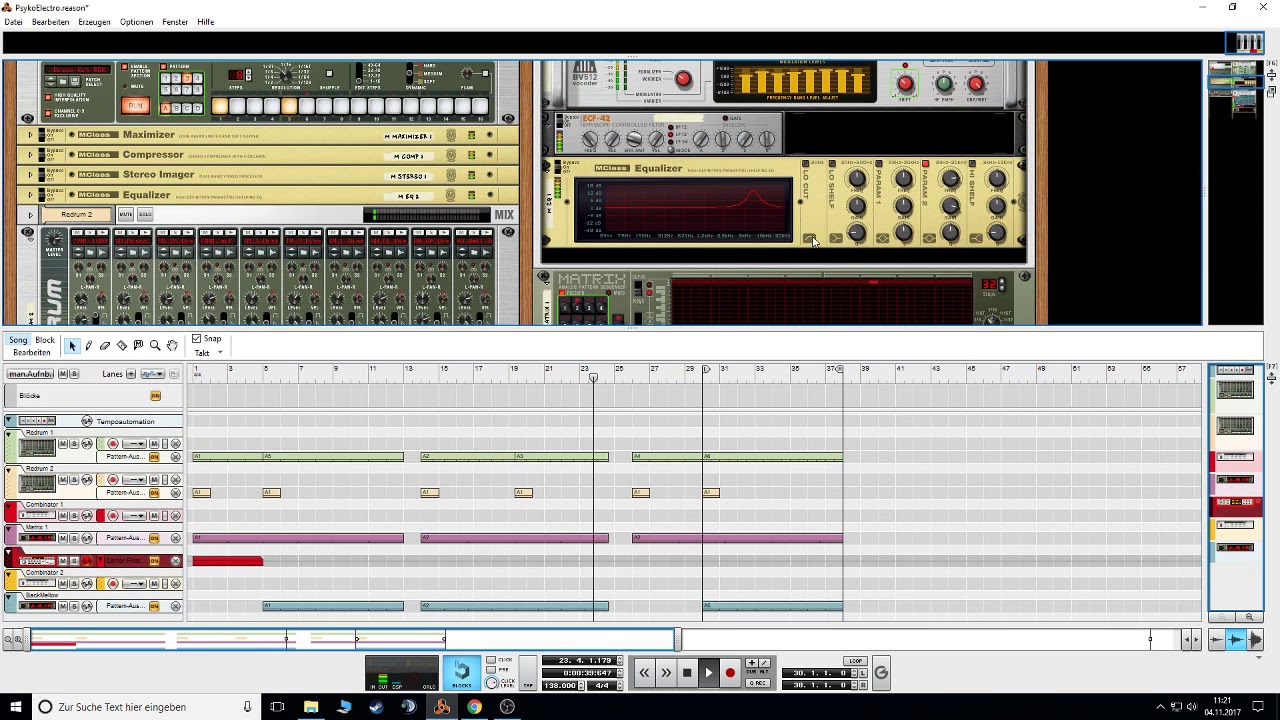
When that happens, partisan concerns almost invariably take precedence over all else. This tends to occur especially when linedrawing is left to legislatures and one political party controls the process, as has become increasingly common. Rather than voters choosing their representatives, gerrymandering empowers politicians to choose their voters. Done right, redistricting is a chance to create maps that, in the words of John Adams, are an “exact portrait, a miniature” of the people as a whole.īut sometimes the process is used to draw maps that put a thumb on the scale to manufacture election outcomes that are detached from the preferences of voters. Because communities change, redistricting is critical to our democracy: maps must be redrawn to ensure that districts are equally populated, comply with laws such as the Voting Rights Act, and are otherwise representative of a state’s population. Gerrymandering is deeply undemocratic.Įvery 10 years, states redraw their legislative and congressional district lines following the census. Here are six things to know about partisan gerrymandering and how it impacts our democracy. The current redistricting cycle will be the first since the Supreme Court’s 2019 ruling that gerrymandering for party advantage cannot be challenged in federal court, which has set the stage for perhaps the most ominous round of map drawing in the country’s history. And gerrymandering - when those boundaries are drawn with the intention of influencing who gets elected - is bound to follow. Attend the Brennan Legacy Awards DinnerĪfter the Census Bureau releases detailed population and demographic data from the 2020 census on August 12, states and local governments begin the once-a-decade process of drawing new voting district boundaries known as redistricting.

Advance Constitutional Change Show / hide.National Task Force on Democracy Reform & the Rule of Law.



 0 kommentar(er)
0 kommentar(er)
